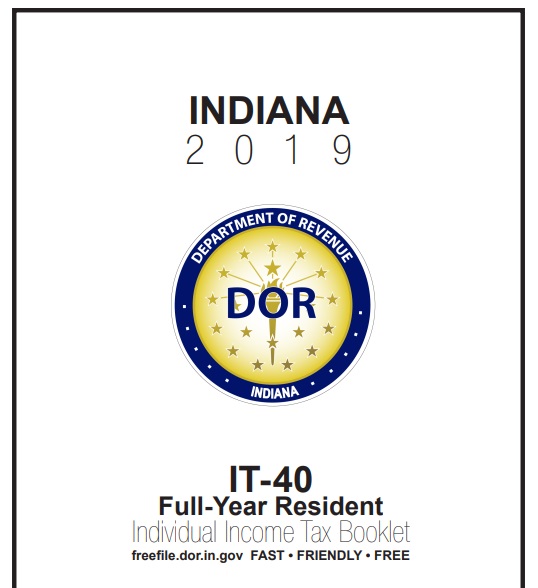If you live in Indiana, you would probably know a bit about state taxes, even though this seems elementary we know they sometimes can mess with you.
In contrast to federal taxes, state ones have a different and more specific aim. These taxes are raised by local government in order to pay some public services as health care, road, buildings and bridges maintenance, public education, etc.
As Jurist Wendell Holmes Jr said, “Taxes are the price we pay for civilization.” And, in fact. Indiana’s society is one, for that reason, if you want to know more useful information, keep reading this article.
Do I have to File a Tax Return for Indiana?
- For a full-year resident, you have to file a tax return if: your gross income is higher than your final exceptions claimed. If your income is more than $1000 you have to proceed with it.
- If you are a part-year resident of Indiana and get any earnings from the state while you live there, you have to file.
- And, if you are a non-resident of Indiana, but you get any monetary gains from Indiana, you need to pay.
Indiana Income Tax Rates
When you are paying your Indiana income state taxes, there is a rate you have to take into consideration depending on the county you live and work. This reaches all Indians, depending on the county of their residence. For particulars who didn’t have their residence on Jan 1, 2020, their county tax rate will be one of their economic activity.
These percentages are updated on the Indiana Department of Revenue’s website. In this link, you will see an Indiana’s map, which will provide you with the tax type, percentage, and effective date of the previous one. Just click on the county where you live.

Forms
As all procedures, forms are needed, this is also the case when we talk about paying your Indiana state taxes. It is important to file your forms correctly and promptly that’s why we introduce some of the most frequently used ones:
- IT-40 Indiana Full-Year Resident Individual Income Tax Return
- IT-40 PNR Indiana Part-Year or Full-Year Nonresident Individual Income Tax Return
- CT-40 PNR Reciprocal Nonresident Indiana Individual Income Tax Return
If you need some guidance, you can check this booklet.

As always, we clarify that these guides and forms have been taken from the Indiana Department of Revenue’s forms library. The ones we introduced here are from 2019, DOR itself updates these files when they consider it appropriate, nevertheless this is a reliable source.
Payment Methods
Paying Online
It is possible to pay your individual Indiana state taxes online thanks to DORpay, to do so, just do the following:
- Enter to the main page.
- Select your corresponding form.
- Select a year and civil status.
- Fill in your personal information and press next.
- Read carefully to confirm the information you provided is correct and click on next.
- Complete all the blanks with your address information and tab on next.
- Do the same with the “Installment Period” section and select next.
- Pick your preferred payment method, and click on next.
Via Mail
Send a paycheck or money order to your post office box, depending on the type of tax and form.
Personally
You can do this by attending your district Department of Revenue office. They will just accept exact amounts in cash, but you can also pay with a credit card, money order, or check.
Setting a Payment Plan
You can create your payment plan by visiting this page and following the instructions shown there. We clarify that these bills can be paid through DORpay as well.
Due Dates
Indiana’s official due date for filing and sending your individual income tax return is April 15th. In the case of having a federal extension, you can fill in until November 14th.
